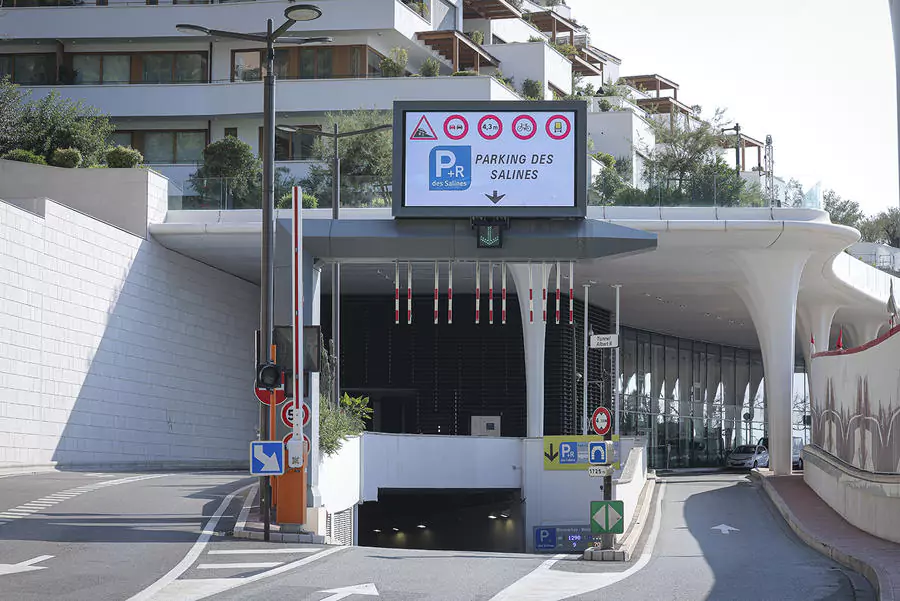Monaco’s push to modernise its transport network and cut emissions is gaining momentum, with record uptake of public and active transport and expanded train service into the Principality. But as the government prepares to pilot a summer traffic restriction zone, all eyes are on whether the next wave of measures can keep pace with the changing mobility demands of both residents and commuters.
The 2025 Monaco Grand Prix served as a real-world trial for one of the Principality’s newest mobility assets: the Salines car park. According to new figures by the Monaco Government, on race day, it reached 93% occupancy with 1,662 vehicles logged. A recently introduced online booking system also handled over 500 reservations per day. Officials say the high usage validates both the project and the digital approach behind it, though questions remain about long-term integration with wider transport planning.
More trains, more often—but is it enough?
Rail remains Monaco’s most efficient low-carbon transport option. The number of trains stopping at Monaco station has increased from 95 to 124 on weekdays and over 140 on weekends. The expanded timetable comes with longer service hours and more onboard capacity. However, with commuter traffic from France continuing to rise, pressure on the cross-border network remains high. Two additional trains are expected to join the fleet in 2027, but that still leaves a gap in capacity in the short term.
Buses and bikes gain traction
Public transport use is up. The CAM bus network carried 7.6 million passengers in 2024, a 4% rise on the previous year. Contactless payments have soared, and services like the ClicBus and express lines are becoming more established in daily routines. Meanwhile, the shift to electric vehicles is accelerating. The government says all standard bus lines will run on fully electric fleets by the end of 2025.
Cycling is seeing a surge, too. MonaBike registered an all-time monthly high in May 2025 with over 82,000 rides—up 43% from May 2024 and surpassing the previous peak set last July. The figures reflect changing attitudes toward short-distance travel, particularly among local users.
ZTL summer trial marks next phase
This summer, Monaco will pilot a restricted traffic zone (ZTL) aimed at reducing vehicle flow in high-density areas. Details are still under development, but the move suggests the government is ready to test more assertive traffic control measures. If implemented permanently, the scheme could mark a turning point in how Monaco manages its growing transport demands without compromising liveability.
Monaco’s transport strategy is clearly evolving, with a focus on cutting emissions and reducing pressure on urban roads. But as climate targets tighten and population dynamics shift, the next phase may require bolder policy—and a willingness to rethink how cars fit into the future of the Principality.
Monaco Life is produced by a team of real multi-media journalists writing original content. See more in our free newsletter, follow our Podcasts on Spotify, and check us out on Facebook, Instagram, LinkedIn and Tik Tok.
Photo of Salines car park source: Monaco Government Communication Department
